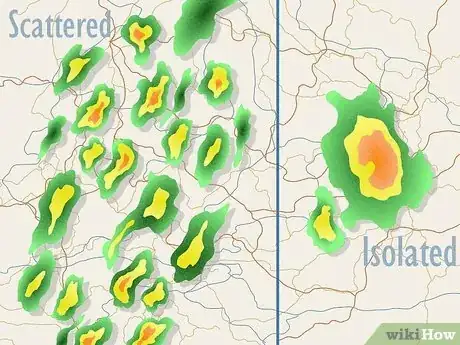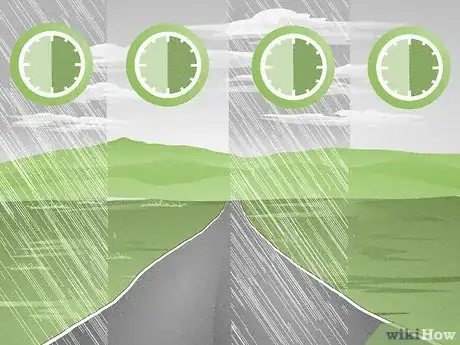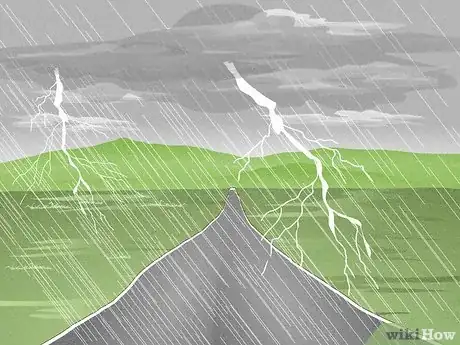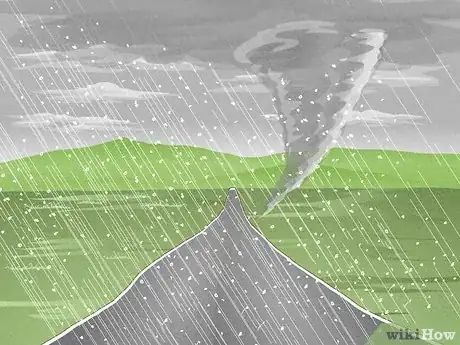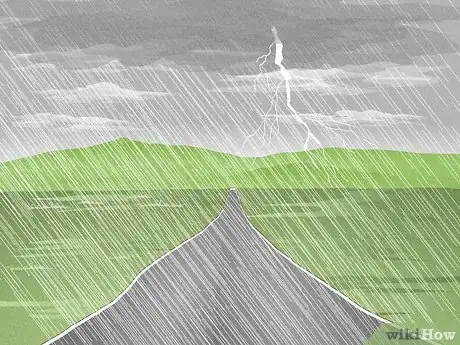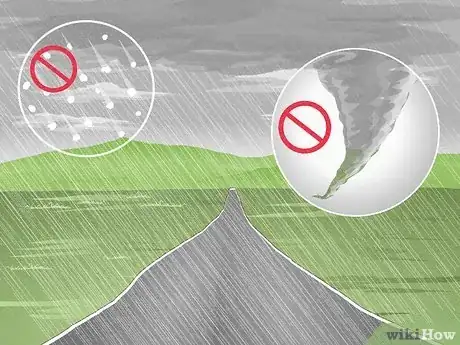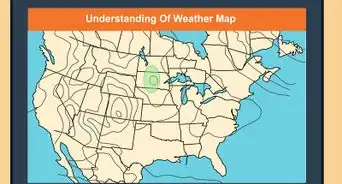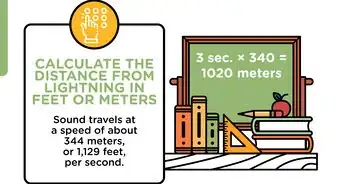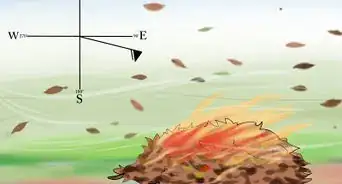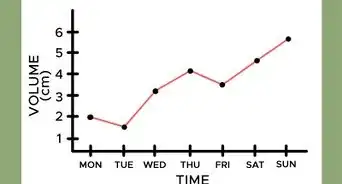This article was co-authored by wikiHow staff writer, Devin McSween. Devin McSween is a wikiHow Staff Writer. With a background in psychology, she has presented her research in social psychology at a variety of conferences and has contributed to several manuscripts for publication. At wikiHow, Devin combines her love of writing and research with the goal of bringing accessible information to wikiHow readers that will help them learn and grow. She earned her BS in Psychology from the College of Charleston.
There are 8 references cited in this article, which can be found at the bottom of the page.
This article has been viewed 2,073 times.
Learn more...
You’re checking the weather for the week and see that there’s scattered thunderstorms forecasted for today, but isolated thunderstorms for tomorrow. Clearly, you’re going to be in for some thunder, but what’s the difference between these 2 types of storms? To help you prepare for the weather ahead, we’ll go over the difference between scattered and isolated thunderstorms. Then, we’ll tell you what you can expect from each type of thunderstorm.
Things You Should Know
- Scattered thunderstorms cover a larger area, while isolated thunderstorms cover a smaller area.
- During scattered thunderstorms, rain often starts then stops, lightning is pretty frequent, and hail and tornadoes can occur.
- During isolated thunderstorms, rain is usually heavy but brief, lightning is typically infrequent, and hail and tornadoes aren’t very likely to occur.
Steps
Scattered Thunderstorm Characteristics
-
1Rain is usually more sporadic. With scattered thunderstorms, expect intermittent raining spread out over the span of a couple hours. Because these systems are made up of multiple storms, rain tends to stop and then start again as a new storm moves in. Usually, the rain lasts for 30 to 60 minutes, stops as the storm moves away, and then starts back up 30 minutes later.[4]
- Scattered storms are often referred to as multi-cell storms because the storm system is made up of multiple different thunderstorms.[5]
- Though the rain is usually sporadic, that doesn’t mean the storms will last all day. Always check your weather forecast to see when the storms are expected to start and stop.
-
2Lightening is typically frequent. It isn’t uncommon to see lightning during scattered thunderstorms. This definitely means cancel your outdoor plans and stay inside! In fact, for more severe storms, lightning might strike the ground around 11 to 15 times during just a 5 minute period.[6]
- To stay safe during a thunderstorm, take shelter indoors and keep away from windows. Don’t use any electrical appliances, especially ones plugged into an outlet, and stay away from water.[7]
-
3They can cause hail and tornadoes. Scattered thunderstorms cover a large area and can last for several hours, which means they can often spawn other weather conditions. Because they’re more likely to develop hail, tornadoes, and strong winds, scattered thunderstorms are more likely to cause damage than isolated storms.[8]
- If you know that a thunderstorm is coming, make sure that you’re prepared. Remove debris like tree branches from your yard, put away outdoor furniture and other items that can blow away in the wind, and unplug electrical devices.
Isolated Thunderstorm Characteristics
-
1Rain is typically brief, but heavy. During an isolated thunderstorm, you can expect a lot of rain. However, because these storms are small, that rain usually only lasts for about an hour before the storm moves on.[9]
- Isolated storms are often called single-celled thunderstorms. This means that there is just one storm for the entire system.
- It can be hard to sleep through a strong thunderstorm, especially if they’re not something you enjoy. Wearing ear plugs or playing low, ambient music can help drown out the loud booms. If sudden bursts of lightning are keeping you up, leave a soft light on or wear an eye mask.
-
2Lightning usually occurs infrequently. It’s uncommon to see a lot of lightning during an isolated thunderstorm. These small storms still produce it, so it’s still dangerous to be outside, but they don’t produce as much as scattered thunderstorms. During an isolated thunderstorm, you might see 1 to 5 lightning strikes during a 5 minute timespan.[10]
-
3They typically don’t spawn hail and tornadoes. Because isolated thunderstorms don’t generally last long, there isn’t as much time for them to develop more severe weather like hail, tornadoes, and strong wind gusts. These can still happen, but if they do, they’re often not very severe and cause less damage.[11]
- An isolated storm can develop into a supercell storm if the wind speed and weather conditions are just right. This storm is very organized and powerful, generating damaging tornadoes, strong winds, and hail.[12]
- Refrain from driving during a thunderstorm. If you’re already in the car when one develops, stay safe by driving slowly, giving the cars in front of you a lot of space, and pulling over if you can no longer see.
References
- ↑ https://www.wjhl.com/wjhl-weather/weather-stories/ask-storm-team-11-isolated-vs-scattered-storms/
- ↑ https://www.washingtonpost.com/news/capital-weather-gang/wp/2014/06/20/isolated-vs-scattered-vs-widespread-thunderstorms-whats-the-difference/
- ↑ https://www.weather.gov/bgm/forecast_terms
- ↑ https://wxresearch.org/does-scattered-thunderstorms-mean-rain-all-day/
- ↑ https://www.nssl.noaa.gov/education/svrwx101/thunderstorms/types/
- ↑ https://graphical.weather.gov/definitions/defineLAL.html
- ↑ https://www.cdc.gov/nceh/features/lightning-safety/index.html
- ↑ https://www.nssl.noaa.gov/education/svrwx101/thunderstorms/types/
- ↑ https://www.nssl.noaa.gov/education/svrwx101/thunderstorms/types/
